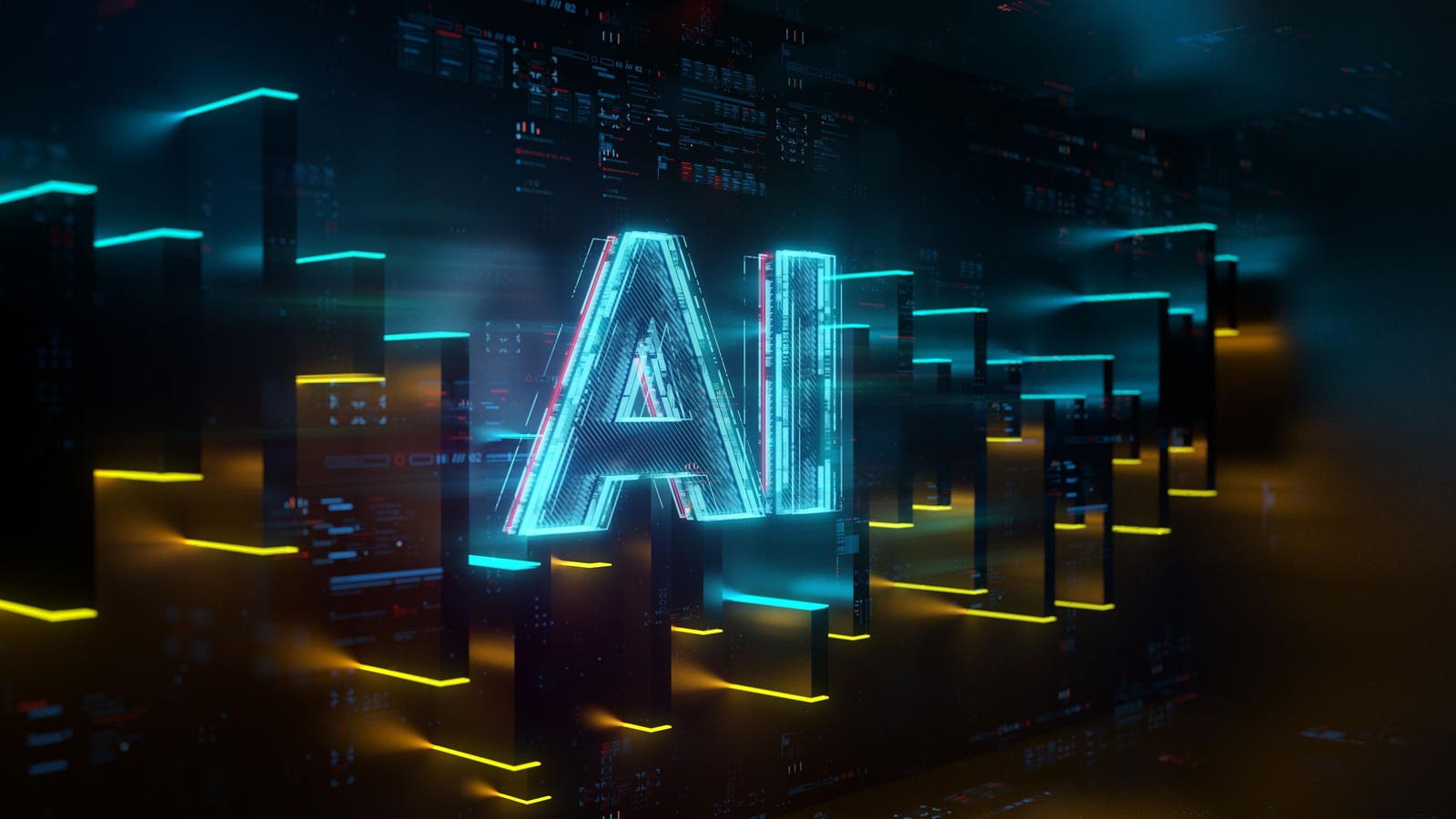Generative AI is reshaping technology by introducing large language models (LLMs) and new applications. As adoption increases, organizations need a robust technology stack, which includes five key layers: application, data and AI tools, LLMs, data management systems, and infrastructure. There are two main approaches for delivering generative AI applications: a Component-Based (loosely coupled) approach, which allows customization but requires more integration effort, and an Integrated (tightly coupled) approach, which offers pre-integrated solutions for easier deployment but with less flexibility. When evaluating generative AI applications, organizations should focus on specific business needs, performance standards, and cost considerations. Moreover, adherence to AI guiding principles—such as safety, data privacy, and accountability—is essential to ensure responsible deployment. In summary, organizations should tailor their evaluation frameworks to align with their unique strategies and priorities, emphasizing business capabilities and ethical considerations.
Source link

Share
Read more